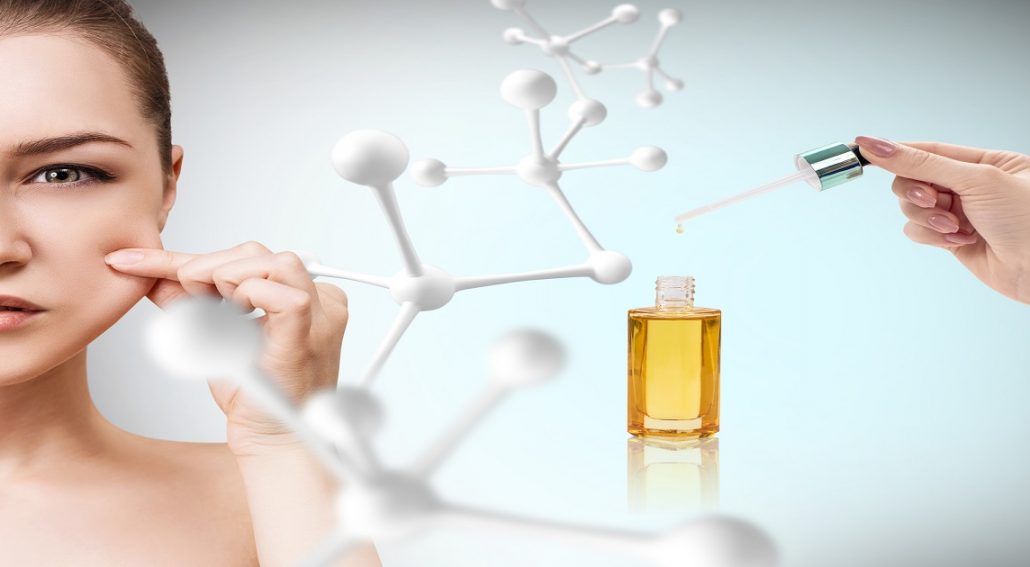
What Are Types I, II, III Collagen? And What’s the Difference Between Collagen Types?
Share
Collagen is the most common protein in our system. It’s found in everything from our hair down to our toe nails.
Knowing the different types of collagen not only allows us to better understand how to replenish it when our collagen production slows down as it does as we age, but knowing which collagen is found where will allow us to know why we have certain ailments.
Out of the 28 different types of collagen, the first three are the most abundant and the types that are most marketed to.
Over the last few years, science has made several advancements in researching collagen and what they found has been astounding. To put it in simple terms: The benefits of taking collagen orally are plentiful.
What exactly is collagen anyway? As we already mentioned, collagen is the most common protein in the human body and provides the body’s structure and form. It’s found in every single connective tissue and is so important that it’s often referred to as the body’s “glue.” Collagen is the majority of the protein in our bones, joints, ligaments, tendons, discs, cartilage, superficial, visceral, and deep fascia, as well as arterial walls. It literally “holds it all together.” Collagen isn’t just inside our bodies; it’s on the outside too in our hair, nails, teeth, and skin.
The Fibrillar Types
The four common types of collagen that you have heard about the most are Types I–III and V and are fibrillar.
Type I
The most abundant collagen in the human body. Type I is present in scar tissue, tendons, ligaments, muscle, the organic part of bone, the skin, the teeth, joints, and organ capsules. This is the type most often featured in beauty and health ads.
Type II
Type II is found in cartilage and is frequently mentioned in materials related to joint health. Medical professionals may recommend collagen from chicken sources to support cartilage; many Type II supplements are derived from fowl.
Type III (Alpha I)
Often found alongside Type I because it’s abundant in reticular fibers (connective tissue). These fibers crosslink to form a supportive mesh in soft tissues such as the liver, bone marrow, and lymphatic tissues.
Type V
Closely associated with Type I; found on cell surfaces, in the placenta, and in hair. It is sometimes less advertised because many products focus on Type I.
Choosing a Collagen Supplement
Many people purchase a wide range of supplements to cover all bases, but a well-formulated collagen product can simplify daily routines. Look for hydrolyzed collagen peptides with a complete profile (including Types I, II, and III) and complementary ingredients such as hyaluronic acid, glucosamine, chondroitin, papain, bromelain, and vitamin C.
Explore more about collagen studies and formulations on the Collagen Complete studies page.